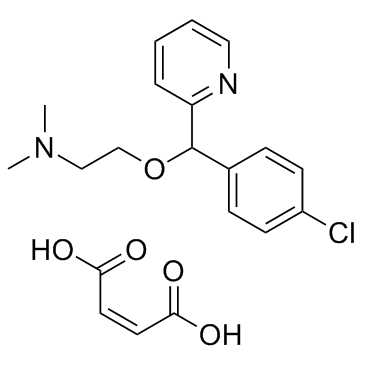Mechanism of the condensation of homocysteine thiolactone with aldehydes.
Hieronim Jakubowski
文献索引:Chemistry 12(31) , 8039-43, (2006)
全文:HTML全文
摘要
Chemical reactivity of homocysteine thiolactone (HTL) has been implicated in cardiovascular disease. Owing to its aminoacyl-thioester character, HTL undergoes facile electrophilic and nucleophilic reactions at its amino and activated-carboxyl group, respectively. To gain insight into the mechanism of the reactions involving its amino group, the kinetics of the condensation of homocysteine thiolactone with formaldehyde, acetaldehyde, and pyridoxal phosphate, were analyzed in the pH range from 5 to 10. The reactions were first order with respect to HTL, aldehyde, and hydroxide ion concentrations. Of the two ionic species of HTL (pKa=6.67+/-0.05), the acid form HTL+ was approximately 100-fold more reactive than the base form HTL(0). The reactions of HTL with aldehydes involve intermediate adducts. The conversion of the intermediate carbinolamine to a product, 1,3-tetrahydrothiazine-4-carboxylic acid or its 2-substituted analogue, occurs in a two-step reaction. The first step involves hydrolysis of the thioester bond in the intermediate, facilitated by anchimeric assistance by the oxygen of the carbinolamine group of the intermediate. The second step involves an attack of the liberated thiolate on the aldehyde-derived carbon of the intermediate, affording 1,3-tetrahydrothiazine-4-carboxylic acid or its 2-substituted analogue. An unusual feature of these reactions is that the formation of the carbinolamine group increases the reactivity of the thioester bond of HTL approximately 10(4)-fold. The facile formation of tetrahydrothiazines may contribute to HTL elimination from the human body.
相关化合物
| 结构式 | 名称/CAS号 | 分子式 | 全部文献 |
|---|---|---|---|
 |
马来酸卡比沙明
CAS:3505-38-2 |
C20H23ClN2O5 |
|
LC for analysis of two sustained-release mixtures containing...
2010-07-01 [J. Chromatogr. Sci. 48(6) , 507-12, (2010)] |
|
A comparative randomized double-blind clinical trial of hexa...
1987-06-01 [Int. J. Clin. Pharmacol. Ther. Toxicol. 25(6) , 310-2, (1987)] |
|
Cold-syrup induced movement disorder.
2001-06-01 [Pediatr. Emerg. Care 17(3) , 191-2, (2001)] |
|
[Serous otitis media. Comparative study of carbinoxamine- ps...
1997-01-01 [Rev. Alerg. Mex. 44(3) , 70-3, (1997)] |
|
[The efficacy of rinopront for the treatment of acute and ch...
2012-01-01 [Vestn. Otorinolaringol. (3) , 88-91, (2012)] |